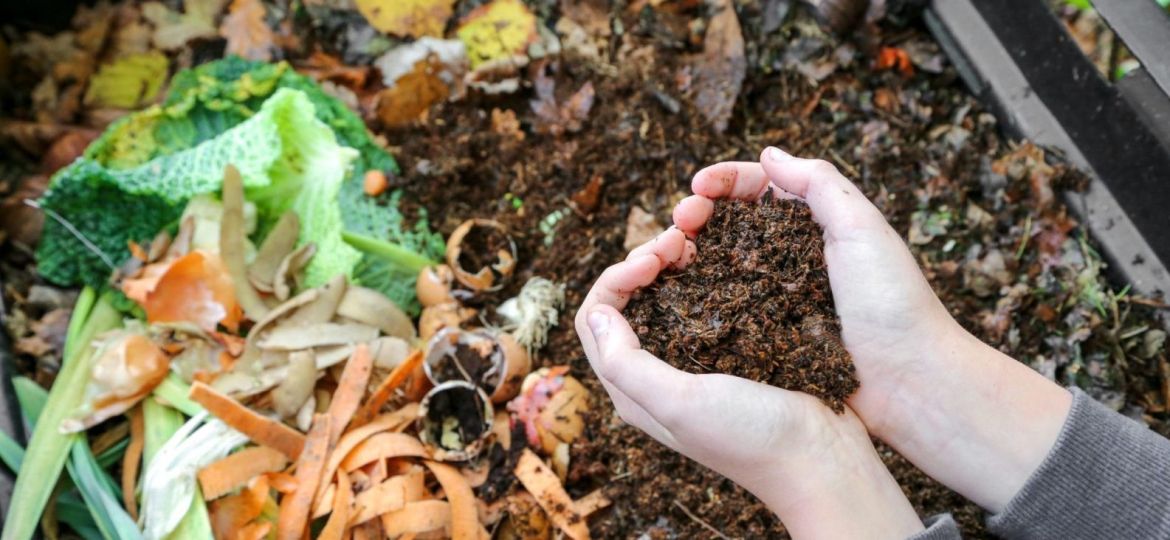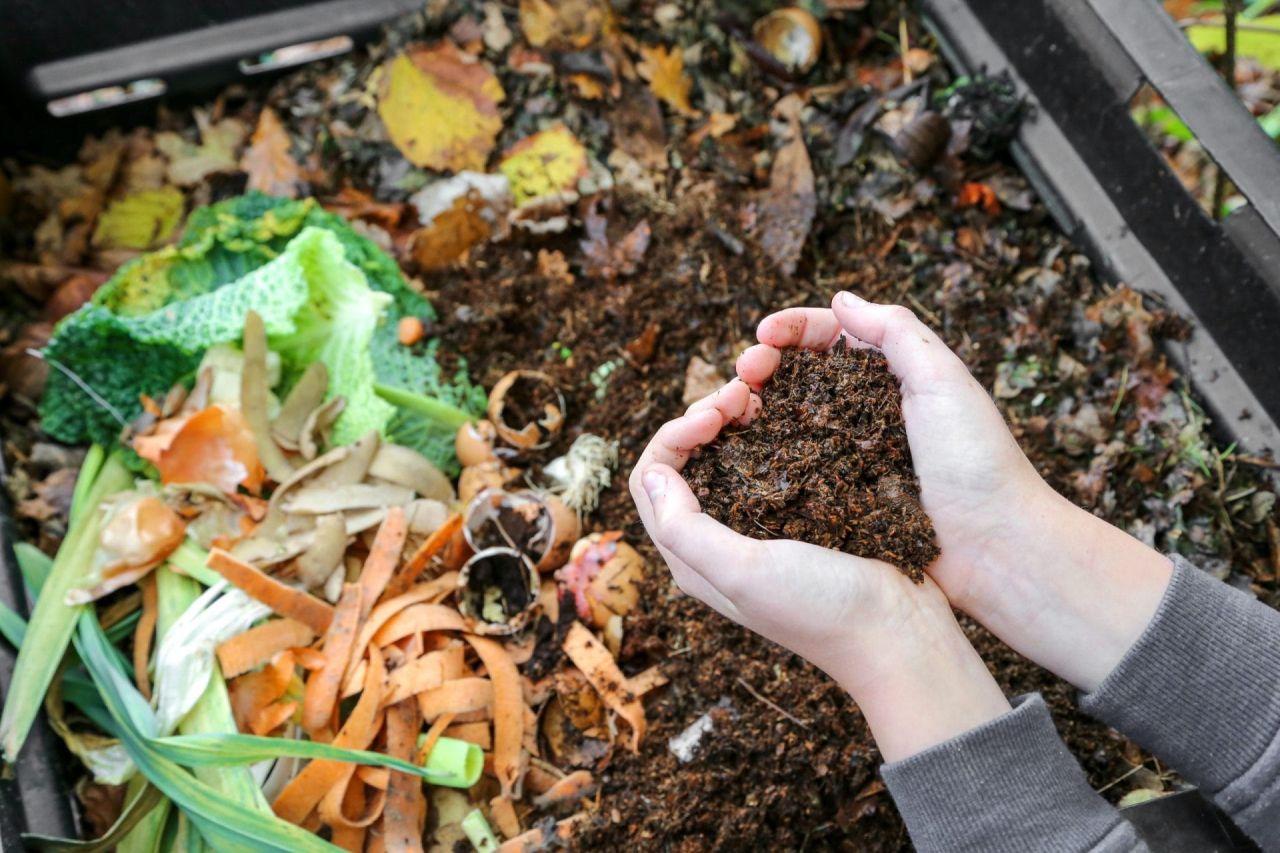

Understanding Compost: What is it and Why is it Important?
To master the Art of Composting, you need to understand what is compost and why is it important.
Compost, the end result of the biological breakdown of organic waste, is a cornerstone of eco-friendly practices in urban agriculture. Rich in nutrients, it nourishes soil, fostering optimal conditions for plant growth. This process mirrors nature’s way of enriching the earth with humus. Varieties of compost include hot compost, Bokashi compost, and vermicompost.
Hot Compost: A Simple and Effective Technique
Hot composting, completed in approximately four weeks, stands out for its simplicity and ease of maintenance.
Let's delve into the step-by-step procedure to master the art of composting:
MATERIALS NEEDED:
Plastic bin or container with adequate drainage and ventilation.
Soil and water.
Garden waste (such as grass clippings, and fallen leaves).
Gloves.
Garden watering can.
Garden spade.
Mesh or mosquito net cover.
Sorting Organic Waste: Greens vs. Browns
Greens / Kitchen:
Green leaves.
Tea bags.
Fruit and vegetable scraps.
Used napkins.
Browns / Garden:
Sawdust.
Straw.
Dried leaves.
Twigs and small branches
Waste to Avoid:
Excrements of carnivorous animals (e.g., dogs, cats).
Diseased plants.
Oils, fats, and dairy products.
Grass clippings or tree prunings.
Meat, bones, or fish remains.
Preparation Steps:
Layering: Begin by depositing a 10 to 15 centimeter layer of soil and brown organic waste at the bottom.
Maintenance Tips:
Regular Checks: Weekly maintenance is essential to prevent the compost from drying out.
Moisture Control: Keep compost moist but not waterlogged.
Aeration: Regularly turn the compost to ensure proper airflow.
Source: https://issuu.com/terrapeninsular/docs/issue-16-mediterranews/s/137358


